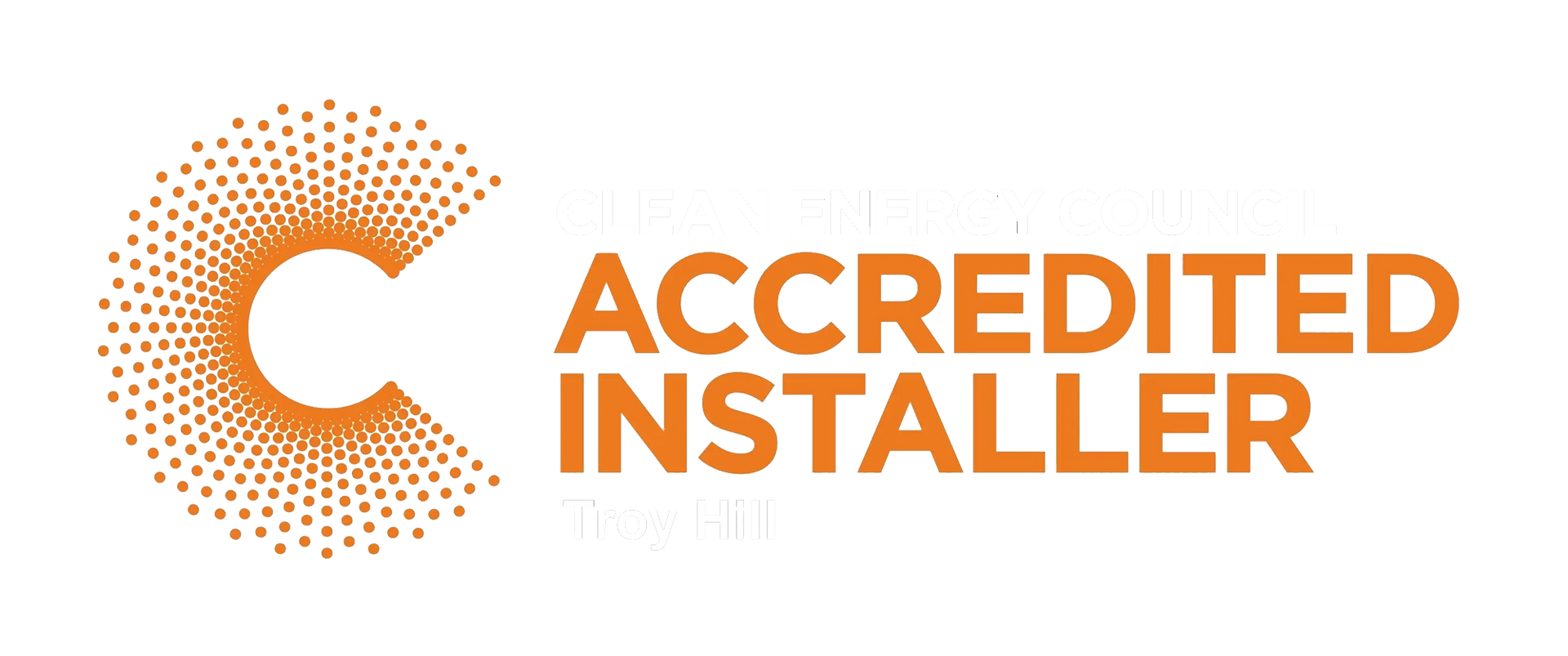How to Spot Faulty Wiring Before It Becomes a Fire Hazard
When it comes to home safety, few things are more critical than ensuring your electrical wiring is functioning correctly. Faulty wiring isn’t just a nuisance—it can threaten your property and safety. Knowing the warning signs of faulty wiring can mean the difference between a minor repair and a devastating fire for homeowners in older Maitland homes, renovators, and landlords managing compliance.
Many electrical faults remain hidden behind walls and ceilings, but the signs they leave behind are often visible—if you know what to look for. Here are eight key indicators that your property may be at risk and why booking a professional inspection with a
local electrician should be your next step.
Flickering Lights Aren’t Just Annoying—They’re Warning You
You might assume flickering or dimming lights are simply a bulb issue, but they’re often signs of more serious electrical problems. This could stem from outdated wiring, loose connections, or overburdened circuits.
Common causes and symptoms include:
- Lights flickering when using other appliances, suggesting overloaded circuits.
- Dimming lights throughout the house may indicate poor voltage regulation.
- Frequent replacement of lightbulbs and pointing out unstable connections.
If lights in multiple areas flicker or dim consistently, it’s time to investigate deeper.
Unusual Burning Smells Without a Source Can Mean Hidden Danger
A persistent burning smell with no obvious source is a serious red flag. It often means that wiring insulation is melting due to overheating, which can quickly escalate to a fire if left unchecked.
Potential indicators include:
- A burnt plastic smell near power points or switches.
- Odours that intensify when multiple appliances are in use.
- Smells coming from fuse boxes or circuit panels.
If you can’t pinpoint the source, switch off your power and call a
licensed electrician immediately.
Scorch Marks or Discolouration Around Power Points Are a Warning Sign
Visible signs of heat damage near switches or outlets signal serious electrical issues. This typically indicates arcing, where electricity jumps across gaps in wiring—an immediate fire hazard.
Warning signs to look for:
- Brown or black scorch marks around switches and power points.
- Warped or melted plastic covers on outlets.
- Sparking or zapping sounds when plugging in appliances.
These signs are more than cosmetic. Left unchecked, they could lead to flames behind your walls.
Your Circuit Breaker Keeps Tripping for a Reason
Circuit breakers are your first line of defence against electrical hazards. They’re designed to automatically shut off power when they detect dangerous conditions, like an overload, short circuit, or ground fault, to prevent damage and fire. So, if your breaker keeps tripping, it’s not just a fluke or an inconvenience; it’s a strong indicator that something within your electrical system needs urgent attention.
What it could mean:
- Short circuits in appliances or wiring.
- Overloaded circuits, especially in kitchens or entertainment areas.
- Faulty wiring or outdated electrical panels.
Regular tripping is never ‘normal’—it’s protective. But if it happens often, a professional needs to address the root cause.
Buzzing Sounds Should Never Come from Electrical Components
Electricity should be silent. If you’re hearing buzzing, crackling, or sizzling noises from switches, outlets, or electrical panels, it's a major warning sign.
These noises could mean:
- Arcing between wires or contacts.
- Loose screw terminals or failing breakers.
- Worn or damaged wiring insulation.
Don't ignore these sounds, even if they seem faint or irregular—they’re often early signs of dangerous faults.
Outdated Wiring Systems Are a Ticking Time Bomb
Homes built several decades ago weren’t designed for today’s electricity demands. Many properties in Maitland still rely on ageing electrical systems that fall short of current safety standards. As wiring materials degrade, the risk of faults, fire, and electric shock increases significantly.
Risks with old wiring include:
- Cloth-insulated or rubber-coated wires that crack and break down.
- Absence of safety devices like RCDs (residual current devices).
- Limited power outlets encourage unsafe extension cord use.
While it might be tempting to repeatedly reset a tripping breaker and continue, doing so only masks the deeper issue. Regular tripping is a protective mechanism—one that shouldn't be ignored. A licensed electrician can identify the source, upgrade faulty components, and ensure your system is safe and compliant.
Too Many Extension Cords Could Be Masking Deeper Issues
Overusing extension cords and power boards often compensates for inadequate or poorly located power outlets. While these solutions are convenient, they can create serious overload risks.
Things to watch out for:
- Daisy-chaining multiple power boards together.
- Running extension cords under rugs or furniture (heat build-up hazard).
- Power points routinely maxed out with adapters or splitters.
Rather than patching the problem with more cords, consult an electrician about upgrading your wiring or installing new outlets safely.
Warm or Vibrating Wall Plates and Power Points Indicate Excess Load
Outlets or switches that feel warm to the touch—or subtly vibrate—are signs that the internal components are working too hard or deteriorating.
Be alert to:
- Heat radiating from power points, even when not in use.
- Mild electric vibrations from outlets or switches.
- Slight tingling sensations when plugging in devices.
These symptoms can stem from loose terminals, overloaded circuits, or worn internal components. They’re not just uncomfortable—they're dangerous.
Why You Should Act Now
Faulty wiring doesn’t fix itself. The longer these symptoms are ignored, the higher the risk of a serious incident. In many cases, the cost of repair is far less than the cost of fire damage, injury, or non-compliance with safety regulations. Booking a professional inspection is the best way to gain peace of mind and protect your investment.
Let’s Make Your Home Safer—Contact Us Today
At 7E Integrated Services, we help Maitland residents keep their homes and investment properties safe through thorough electrical inspections, rewiring, and fault diagnosis. Whether you’re living in an older home, undertaking renovations, or preparing a rental property for tenants, our licensed electricians can identify hidden risks and recommend safe, effective solutions.
Don’t wait for warning signs to turn into sparks—get in touch via our contact page or give us a call to book a detailed inspection or consultation. We’re your trusted local team for dependable electrical services in Maitland. Let’s work together to protect your property, tenants, and family from electrical hazards.






